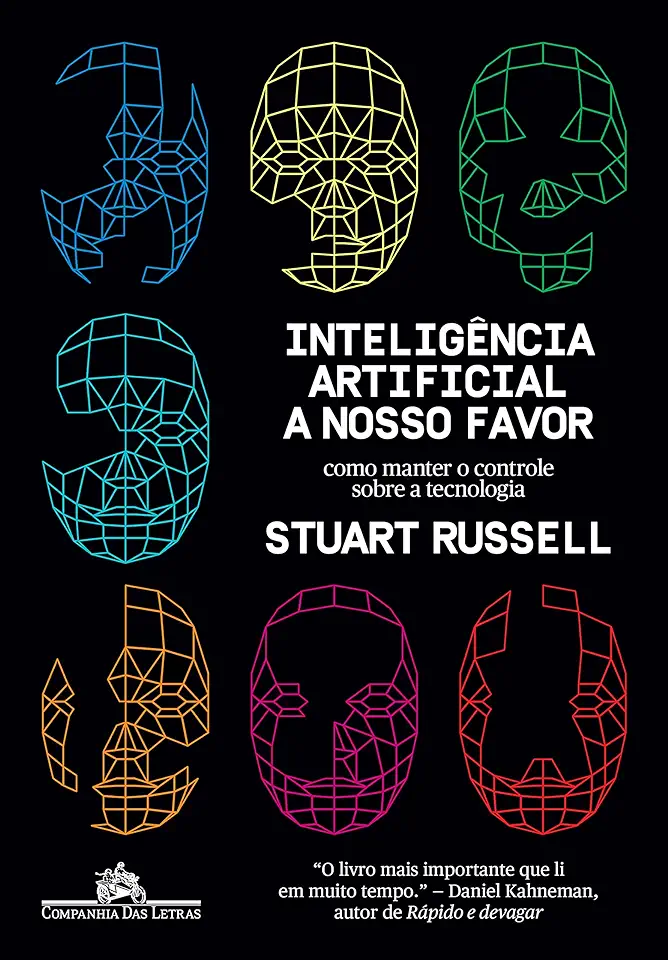
Human Compatible: Artificial Intelligence and the Problem of Control
Human Compatible: Artificial Intelligence and the Problem of Control
In his thought-provoking book, "Human Compatible: Artificial Intelligence and the Problem of Control," Stuart Russell, a leading researcher in artificial intelligence (AI), delves into the profound implications of AI's rapid advancement and the urgent need for responsible development. Russell presents a compelling argument for why we must ensure that AI systems align with human values and remain under human control.
The Promise and Peril of AI
Russell begins by highlighting the immense potential of AI to revolutionize various aspects of our lives, from healthcare and transportation to education and entertainment. However, he also cautions that the same technology that holds so much promise could pose significant risks if not properly managed.
The author emphasizes the importance of understanding the fundamental challenges associated with AI, particularly the problem of control. As AI systems become increasingly autonomous and capable of making decisions that have real-world consequences, it becomes crucial to ensure that these systems act in accordance with human intentions and values.
The Need for Human-Centered AI
Russell argues that the key to safe and beneficial AI development lies in adopting a human-centered approach. This involves designing AI systems that prioritize human well-being, respect human autonomy, and operate transparently and accountably.
The author proposes several principles for developing human-compatible AI, including:
- Ensuring human control: AI systems should always remain under human control and should not be allowed to make decisions that could have significant negative consequences without human input.
- Promoting human values: AI systems should be programmed with human values and should be designed to act in accordance with these values, even in complex and uncertain situations.
- Maintaining transparency: AI systems should be transparent about their decision-making processes and should provide users with clear explanations for their actions.
- Enhancing human-AI collaboration: AI systems should be designed to complement human capabilities and augment human decision-making, rather than replacing humans.
Addressing the Challenges of AI Control
Russell acknowledges the challenges involved in implementing these principles, particularly in the face of rapidly evolving AI technologies. However, he emphasizes the urgency of addressing these challenges and proposes several concrete steps that can be taken to mitigate the risks associated with AI.
These steps include:
- Investing in research on AI safety: Governments, academia, and industry should invest in research on AI safety and control to develop new techniques and approaches for ensuring that AI systems remain safe and beneficial.
- Establishing regulatory frameworks: Governments should establish regulatory frameworks for AI development and deployment to ensure that AI systems are developed and used responsibly.
- Promoting public awareness: The public should be educated about the potential benefits and risks of AI and should be involved in discussions about how AI should be developed and used.
Conclusion
"Human Compatible: Artificial Intelligence and the Problem of Control" is a must-read for anyone interested in the future of AI and its impact on society. Russell's thought-provoking analysis and practical recommendations provide a roadmap for developing AI systems that are safe, beneficial, and aligned with human values.
By taking a proactive approach to AI control, we can ensure that AI remains a powerful tool for good, empowering us to solve some of the world's most pressing challenges while preserving what it means to be human.
Enjoyed the summary? Discover all the details and take your reading to the next level — [click here to view the book on Amazon!]